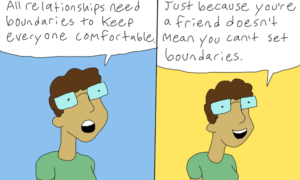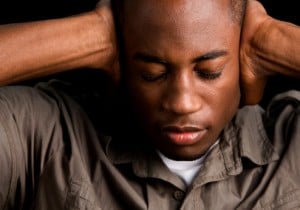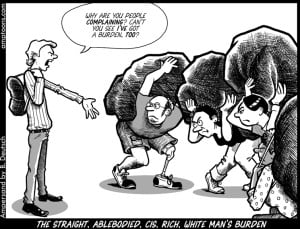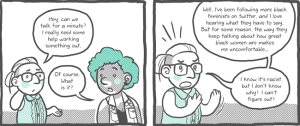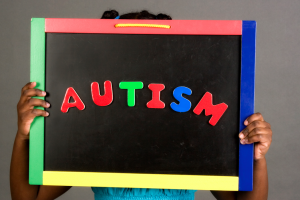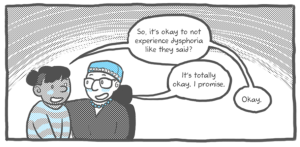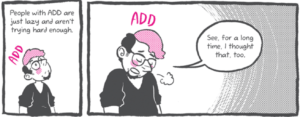Speaker 1: The United States is exceptional. At least when it comes to being the world’s biggest jailer. 2.2 million people are imprisoned in the US, more than in any country in the world. More than even in China, who dwarfs us population-wise.
When you count the people who aren’t just incarcerated but on probation or parole, the number skyrockets to 6.9 million. That’s 1 in every 35 American adults caught up in the prison system. And for people of color, it’s even worse.
One out of every three African American men born today will go to jail at some point in their lives.
But why? How did the so-called land of the free put so many of its own citizens behind bars?
If you think it was always like this, it wasn’t.
Back in the 1960s our incarceration rates were the same as Europe. And if you think there’s just more crime here, that’s not true, either. Our crime rates are pretty much on par with the rest of the Western world. I asked Alysia Santo, a staff writer at the Marshall Project, for some insight.
Alysia Santo: The reason that America has the highest incarceration rate – to put it simply – is tough-on-crime policies. Over the past few decades a number of very harsh policies have been enacted in state and federal legislatures. A lot of these had to do with longer sentences. Some of these had to do with so-called three-strike laws, which basically said that if you got in trouble three times, you had to be in prison regardless, often, of how petty those crimes were.
Speaker 1: To get a sense of how prison-happy Americans are, consider that in Germany, only 6% of people convicted get locked up. Compare that to over 70% of people convicted in the US. And Americans wind up behind bars for longer. The average sentence in the US is three years. That’s three times longer than in Germany.
Harsh drug laws are also part of the problem. The 1986 Anti Drug Abuse Act instituted a mandatory minimum sentence of five years without parole for possession of five grams of crack. Guess how much cocaine you had to possess to trigger the same minimum sentence? 500 grams.
Interesting when you look at who consumes each drug more.
Crack used more by Black people. Cocaine used more by white people. National Survey on Drug Abuse (1988) National Household Survey on Drug Use and Health (2013)
Even though the law was recently relaxed, we’re still dealing with its effects and overall, Black and white people use drugs at the same rate. But Black men are almost 12 times more likely than white men to go to prison on drug offenses.
Finally, when it comes to our soaring prison population, mental health also plays a role. About half of all incarcerated people suffer mental health problems. For 10 to 25% of prisoners, that means serious mental illnesses like schizophrenia or bipolar disorder. Drug and alcohol dependence is also common and instead of getting help, many mentally ill people cycle through the system over and over again.
But it’s not just the mentally ill who struggle to escape the cycle. Being convicted of a felony can follow someone long after their time is served. It can make getting a job, housing, and an education even harder. And it also often means losing the right to vote. In Florida and Virginia – both key swing states in national elections – more than one in five Black people are disenfranchised.
But the prison boom hasn’t been so bad for everyone. Private prison corporation like Correction Corporation of America and Geo Group are actually profiting from it. Corrections Corporation of America made 1.6 billion dollars in revenue in 2014 alone.
This is all a part of what’s called the prison-industrial complex. And when one of 35 of us is directly caught up in it, you’ve got to ask: Just how free are we?





